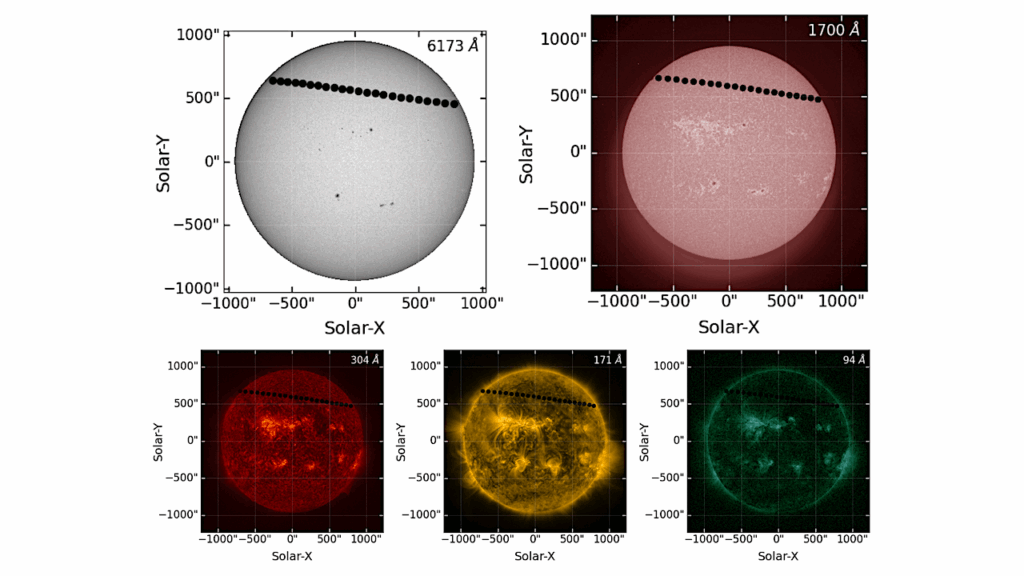Joint Analysis of Multicolor Photometry: A New Approach to Constrain the Nature of Multiple-Star Systems Hosting Exoplanet Candidates

We present a new method to assess the properties of transiting planet candidates by multicolor photometry.
By analyzing multicolor transit/eclipse light curves and apparent magnitudes of the target in parallel, this method attempts to identify the nature of the system and provide a quantitative constraint on the properties of unresolved companion(s). We demonstrate our method by observing the six systems hosting candidate transiting planets, identified by the K2 mission (EPIC 206036749, EPIC 206500801, EPIC 210513446, EPIC 211800191, EPIC 220621087, and EPIC 220696233). Applying our analysis code to the six targets, we find that EPIC 206036749, EPIC 210513446, and EPIC 211800191 are likely to be triple-star systems including eclipsing binaries, and EPIC 220696233 is likely a planetary system, albeit further observations are required to confirm the nature.
Additionally, we confirm that the systematic errors in the derived system parameters arising from adopting specific isochrone models and observing instruments (passbands) are relatively small. While this approach alone is not powerful enough to validate or refute planet candidates, the technique allows us to constrain the properties of resolved/unresolved companions, and prioritize the planet candidates for further follow-up observations (e.g., radial-velocity measurements).
Kohei Miyakawa, Teruyuki Hirano, Bun’ei Sato, Akihiko Fukui, Norio Narita
Comments: 17 pages, 5 figures, 6 tables; submitted to AJ
Subjects: Earth and Planetary Astrophysics (astro-ph.EP); Instrumentation and Methods for Astrophysics (astro-ph.IM); Solar and Stellar Astrophysics (astro-ph.SR)
Cite as: arXiv:2105.08223 [astro-ph.EP] (or arXiv:2105.08223v1 [astro-ph.EP] for this version)
Submission history
From: Kohei Miyakawa
[v1] Tue, 18 May 2021 01:37:14 UTC (5,195 KB)
https://arxiv.org/abs/2105.08223
Astrobiology,








